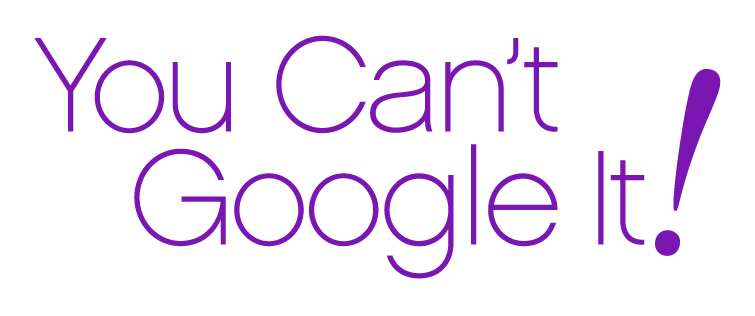Reverse the March to Middle Madness:
/Start 2023 with a new mindset about organizational glue. Why and how middle managers can be the key to organizational cohesion and stability.
A middle child often gets the least attention from parents.
This clearly was evident in the workplace for Gen X.
In the middle of the big generations: Boomers and Millennials, Gen X has often been treated as non-existent by advertisers and some employers.
Middle managers and middle-level professionals in businesses are often under-valued and under-appreciated in favor of newer recruits to the workforce and more senior people still holding most of the power, authority and purse-strings. They are often top candidates for lay-offs. They cannot be easily replaced by AI. Management is still a human function.
This has been confirmed in perceptions and actuality in our recent research for the Legacy-Makers@Work Impact Collective masterminds. It confirms that employees in many companies see middle-managers as overworked, stressed, pulled in too many directions and often not trained for the responsibilities they are asked to take on. Cohesion and stability of organizations will suffer for it long-term if they don’t focus their attention on this problem.
The downsides were evidenced in management decisions in past recessions. For example, in law firms, in a series of recessions since the 1980’s through pre-Covid era recessions, not only the most junior associates, who had been aggressively recruited, but also the mid-level ones, were laid off(or as the British say, “made redundant”). Worse, the PR message (disingenuously) was that they were not up to standard, when really top management did not want to admit that it was “the economy, stupid.”
Let’s get smarter this time before it’s too late, given the opportunity surfaced by pandemic mindshifts and “the great resignation.”
Here are some suggested actions to combat middle-manager burnout and to prepare them with the insights and skills they need to perform as desired by the teams they lead and their employers.
Constructive Action Steps
Set up a middle-manager cross-functional affinity group or Employee Resource Group. Survey them with a short, quick pulse survey every two months to ask questions along the lines of:
What training do you need most?
What organizational support do you need most?
What would make your work life easier and more fulfilling?
What would keep you engaged and loyal?
What suggestions do you have?
Let them know they are recognized and appreciated and make them feel that.
Possible training topics for managers:
How to orient new entrants early on in their tenure so they feel welcomed, belonging and knowledgeable about the organizational culture, values and behavioral norms
How to be perceived as accessible to direct reports
How to give and receive feedback effectively and frequently
Brainstorm with them ways to relieve their workload and perhaps shift some tasks
Coordinate with learning and development specialists
Establish mentoring for managers, including understanding perspectives and preferences of people of different generations to provide them with more understanding and harmony in collaboration
Deloitte research found that Boards are increasingly concerned with the human aspects and culture health of their organizations. Managers at various levels have a key role in effective implementation of the necessary changes. Human resource managers and chiefs are getting a larger role. Talent retention and development is at the top of many Board agendas now. Managers are at the crux of navigating hybrid work arrangements, which are becoming the dominant format. Take advantage of this window.
Call to Action: With younger generations driving organizations to purpose-driven work as well as a people-centric shift, the opportunity presents itself to be heard when you speak out and suggest solutions. Grab it!



